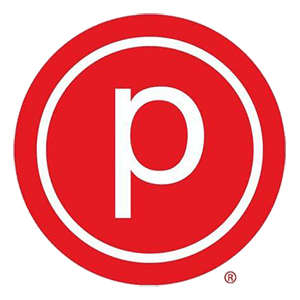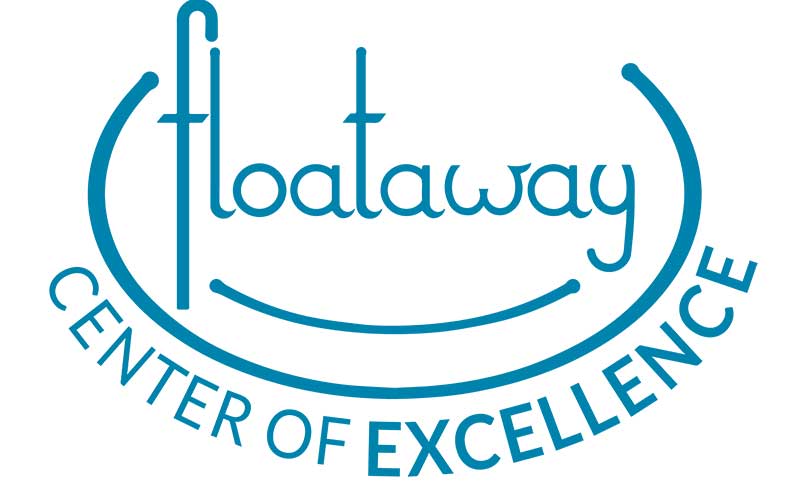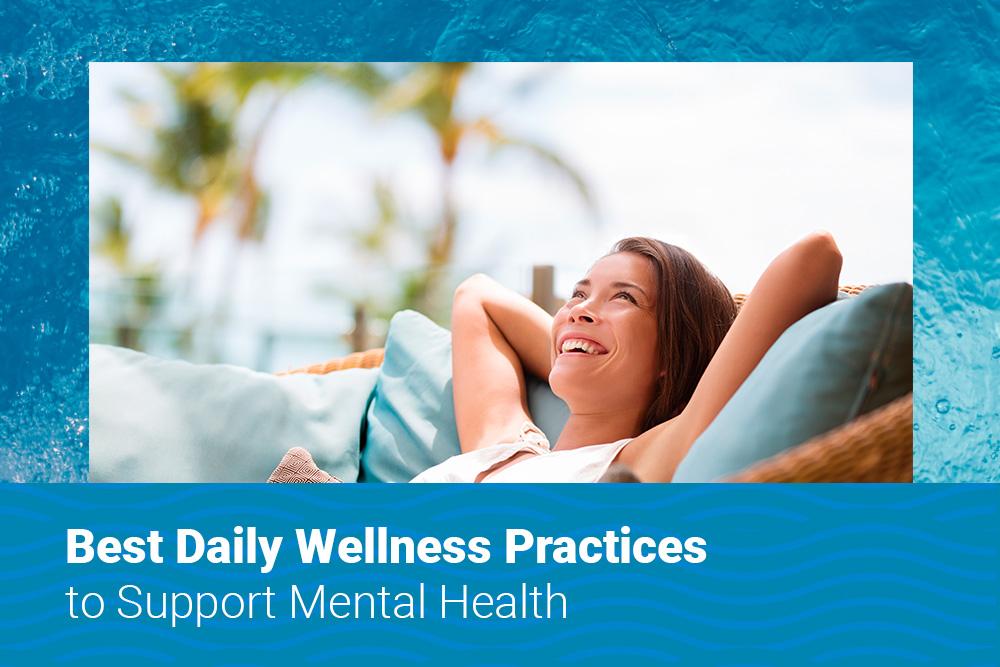
With all the strain and strife in the world affecting almost every aspect of daily life, many people are experiencing all-time high levels of stress and anxiety. Numerous clinical studies performed over the years have shown stress to be a leading contributor to a host of physiological and psychological issues, including hypertension, heart attacks, headaches, and clinical depression. Even the most joyful occasions, such as planning a wedding or welcoming a new addition to the family, often result in creating stress. While it is virtually impossible to either avoid or remove all of the stressors from your life, there are many noninvasive options that can help. Here is a list of some of the best daily wellness practices to support mental health and proven ways to relieve stress:
1. Float Therapy
Also referred to as sensory tank deprivation therapy, float therapy helps to reduce stress and anxiety through different mechanisms. Float therapy reduces stress by resetting the central nervous system by shutting out all external stimuli while you float in a tank filled with water and Epsom salt heated to match body temperature. Your sense of sight, sound, and touch are all completely deprived of input as all light and noise are shut out, and the high-salinity solution allows you to float effortlessly, unaffected by gravity.
Clinical studies have shown float therapy is one of the best ways to relieve stress and can also reduce anxiety. Floating can also help the symptoms of depressive disorders and reduce blood pressure and cardiopulmonary rate. Other benefits of float therapy include improved circulation, reduced minor aches and pains, and improved sleep quality. You can find a spa offering float therapy by performing a simple online search for “float therapy” or “sensory deprivation tank near me.”
2. Exercise
Exercise is good for everything that allies you. Not only does it increases your overall health, but exercise is also one of the best stress relievers ever discovered. Physical activity, such as hiking, riding a bike, and playing sports increase your body’s production of endorphins, which are the body’s natural pain-killing opiates. Exercise also reduces the buildup of the stress hormone cortisol, which accumulates under prolonged stress. Taken together, the benefits of exercise both help reduce stress and anxiety directly and improve mood. In addition to helping to reduce stress, exercise also boosts your body’s immune system to help fight off disease. For best long-term stress reduction, an exercise that raises your cardiovascular rate for at least 20 minutes should be performed three to six days a week. However, your body needs at least one day a week off, or you will end up doing more harm than good by overtaxing your body and causing injury.
3. Pain Therapy
Pain is your body’s way of telling you something is not right, and all pain in the body is the result of some type of nerve compression caused by illness or injury. Being in constant pain can lead to psychological issues, such as depression, and eliminating or just reducing pain is one of the best ways to relieve stress. While the standard medical treatments for pain often involve surgery to relieve the pressure on nerves or medications to mask the pain, a number of noninvasive treatment options should be examined first.
4. MLS Laser Therapy
Multiwave locked system, or MLS, laser therapy is rapidly becoming the accepted gold standard of care for alleviating pain. Cleared by the U.S. Food and Drug Administration, the science behind MLS laser therapy is the synchronized dual-wavelength pulse technology with a three-fold effect. Unlike traditional lasers that produce a single wavelength, MLS uses 808nm and 905nm wavelengths, with the former having anti-endemic and anti-inflammatory properties and the latter producing analgesic effects. Working in conjunction, these two light wavelengths produce photothermal, photomechanical, and photochemical effects to speed up the body’s own healing process.
As the laser moves along an affected area, the photons, or light energy, penetrate deep into the tissue, stimulating molecules called chromophores. This triggers an accentuated immune response that speeds up the healing process. MLS laser therapy is shown to have as high as a 90-percent success rate for alleviating, or at least reducing, pain and eliminating the risks of surgery and dependency on prescription medications.

5. Infrared Sauna Treatment
Unlike traditional saunas that heat the air, infrared saunas warm your skin directly with lamps that produce penetrating heat. The infrared heat penetrates more deeply into the tissues than traditional saunas to produce more therapeutic results. Additionally, temperatures in traditional saunas run between 150 and 195 degrees Fahrenheit, whereas infrared saunas operate between 110 and 135 degrees Fahrenheit. This makes infrared saunas more effective, and the cooler temperatures are much easier for people to tolerate.
During a two-year study, researchers also found infrared saunas can help with acute and chronic pain by promoting the healing of damaged tissue. In addition to providing relief from sore muscles, clinical studies have demonstrated infrared saunas have the potential to produce a wide array of other health benefits. These include improved immune and cardiovascular function as well as reduced blood pressure. In addition to all these benefits, the warming sensation created by the infrared heat produces a calming and relaxing feeling that can help reduce stress.
6. Sound Healing
Sound healing has been used in Eastern medicine for thousands of years and has come to be an accepted course of treatment in Western healthcare. Sound healing makes use of specific vibrations to reestablish equilibrium to help heal the body, relax the mind, and soothe the spirit. Sound is the brain’s interpretation of wave vibrations moving through the air. Just as harsh sounds can produce unpleasant, sometimes harmful, effects, soothing sounds like music can create a healing effect by stimulating theta brainwaves produced during sleep.
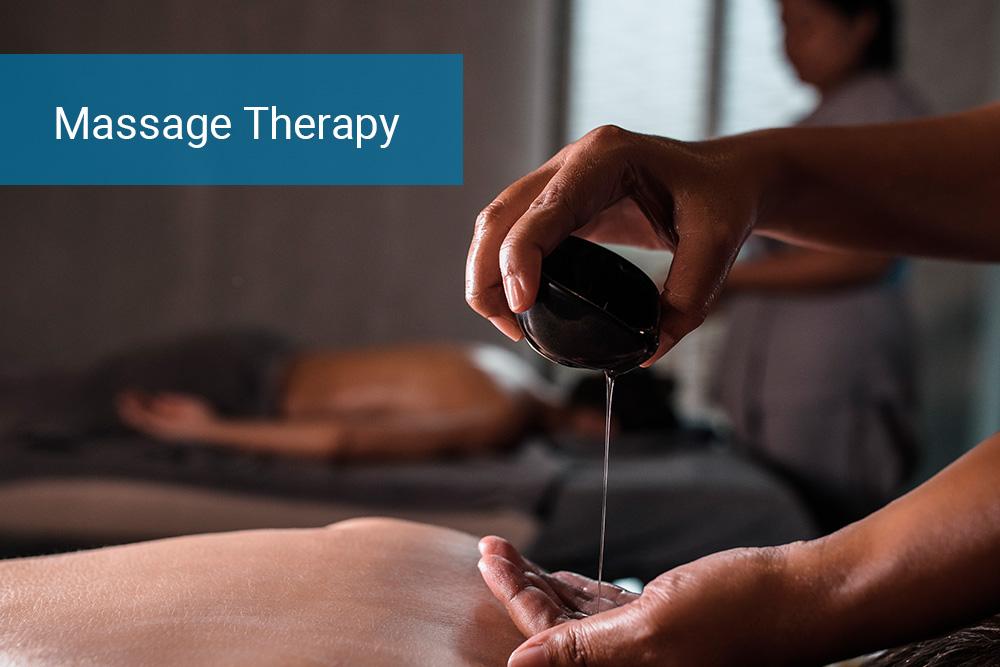
7. Massage Therapy
Massaging stiff and aching muscles and joints is one of the best ways to relieve stress and anxiety as well as relieve pain and depression. Direct manipulation of connective tissue, joints, ligaments, and tendons not only reduces short-term soreness, but massage also works to break down fibrous adhesions that are the cause of chronic pain. Tissue massage also lowers cortisol, a stress hormone, while promoting the release of serotonin. This helps reduce stress, anxiety as well as depression and helps improve sleep.
As we celebrate mothers and mother figures for Mother’s Day this month, it is crucial that mothers take time for themselves. Celebrating Mother’s Day means supporting the wellness of mothers, too, as they are often juggling all of the priorities of motherhood. With caregiving, sleep deprivation, mom guilt, stress, and so on, moms balance multiple roles and responsibilities. It is critical to consider not only the physical health but the mental health of moms. Consider a gift of a float therapy session or two as one of the ways to relieve stress.
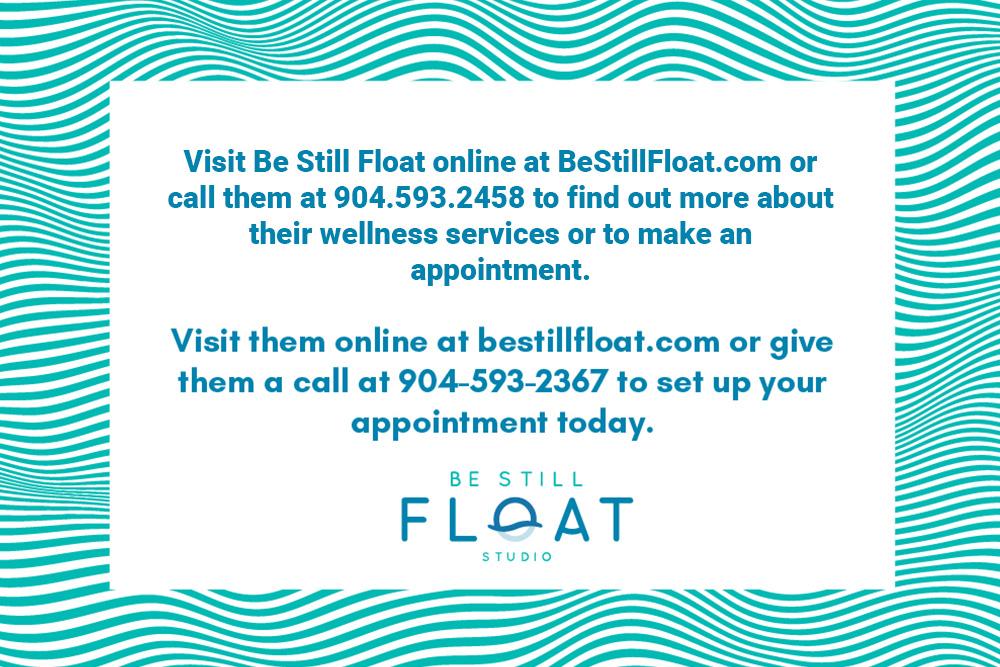
Stress is an issue most people have to deal with on a daily bases. However, if left untreated, stress can lead to a plethora of physiological and psychological illnesses and has been linked to heart disease, stroke, and clinical depression. Fortunately, stress is also one of the easiest problems to deal with. If you are struggling with stress and its related issues, Be Still Float wellness studio and float spa in Jacksonville, FL, offers a host of wellness treatments, including stress therapy in Jacksonville. Visit Be Still Float online at BeStillFloat.com or call them at 904.593.2458 to find out more about their wellness services or to make an appointment. If you live outside the Jacksonville area, you can find a treatment center in your town by performing an online search for wellness services.
